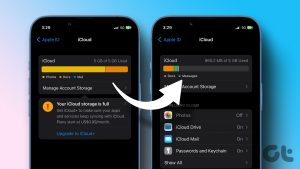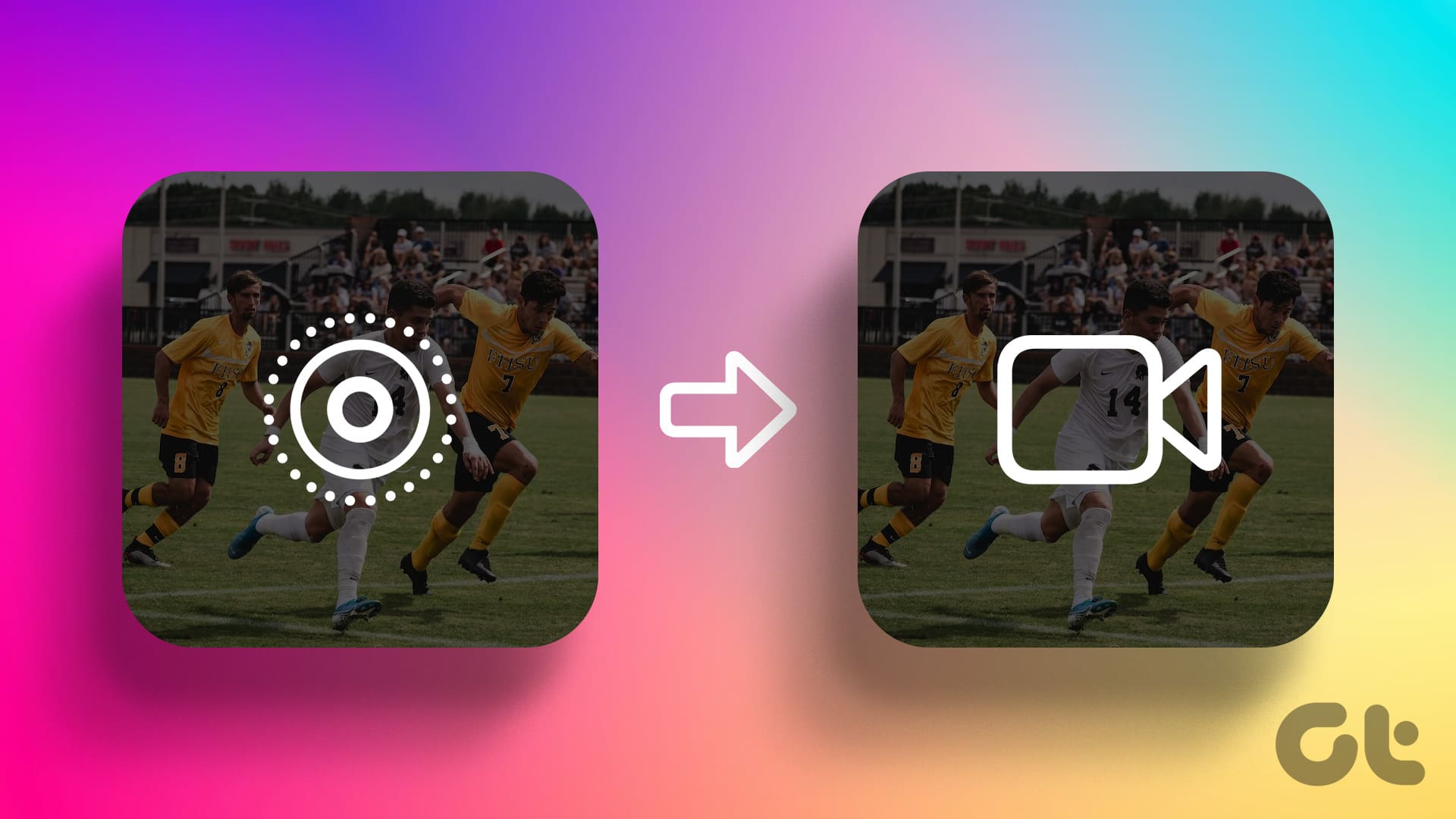People often confuse iCloud with iCloud Drive, but they don’t mean the same thing. They are quite different under the surface. iCloud is a cloud storage service that is used for several services Apple offers while iCloud Drive works like OneDrive, one service that falls under iCloud. So, what are the other main differences between iCloud and iCloud Drive?

Plenty. While they do seem confusing and sound the same, there are plenty of differences under the hood. We will explain what they are, what they do, how they differ, and how they are similar.
Let’s begin.
What Is iCloud
iCloud is primarily a cloud storage service that was launched by Apple in the year 2011. It is a cloud storage and computing solution that offers many services, including, but not limited to, iCloud Drive. Some other services include iCloud Backup, Find My iPhone, Keychain, office suite of apps like Keynote, and much more. It allows users to save all kinds of data across an umbrella of services that’s easily accessible with your Apple ID.
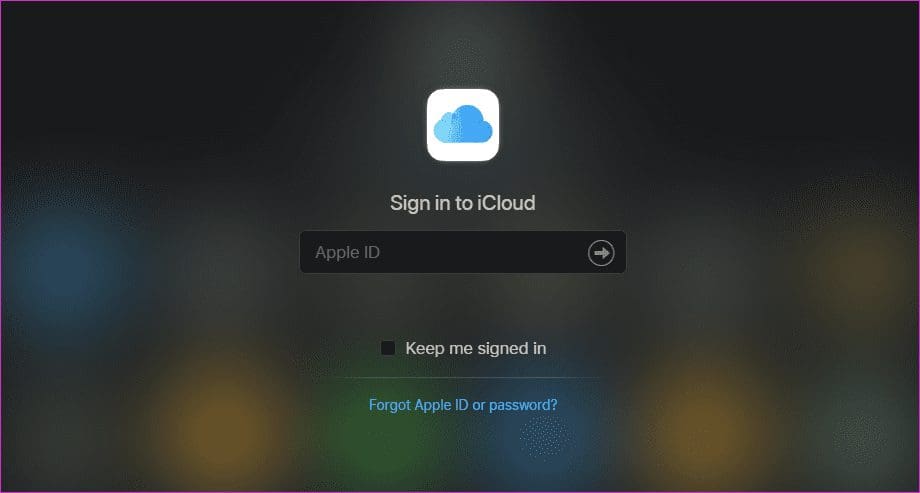
iCloud represents all these services that Apple offers in the cloud, allowing you to access them anywhere, on any device. iCloud Drive is just one of those features that borrow from its parent’s name. It’s just a bad naming strategy!
What Is iCloud Drive
iCloud Drive, part of the iCloud family of products and services, works like Google Drive or OneDrive. It’s a file storing and sharing platform that you can use to create, access, and share files while on the move. The iCloud is a file hosting service available on the web, Windows, macOS, iOS, and iPadOS. No cookie for Android.
You can store any file you want, provided there is enough space. All Apple users get 5GB free storage after which, you will need to subscribe to a plan.
How Different Is iCloud From iCloud Drive
iCloud offers a backup solution. It will back up everything like app settings, photos stored in the Photos app, contacts, emails, reminders, iMessage, Game Center information, Safari browser bookmarks and history, biometric IDs, Apple Pay details, Apple Mail accounts, and of course, iCloud Drive files. You have full control over which apps and services you want to back up to iCloud under Settings > Apple ID > iCloud.
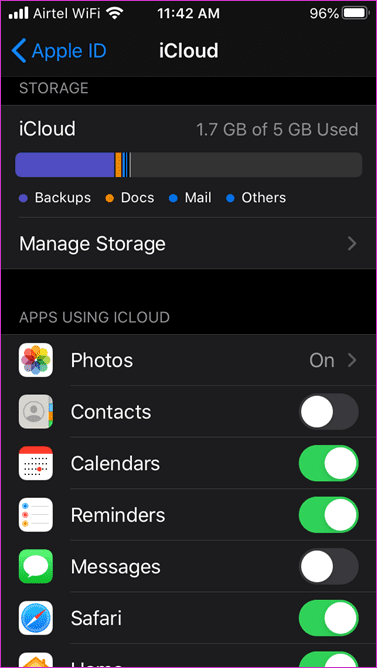
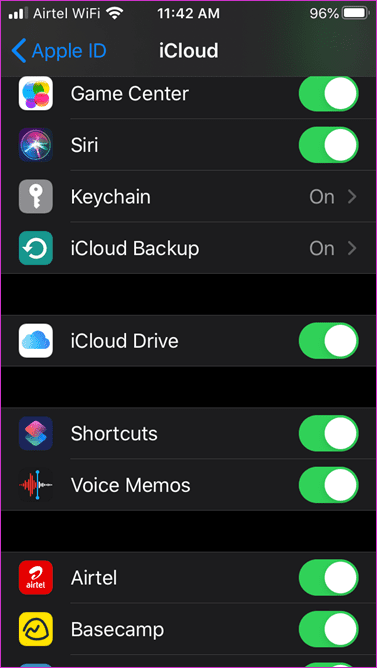
These backups also include third-party apps that you install from the App Store. It makes it easy to restore everything to a new Apple device. Then there are things like device settings, purchase history of music from Apple Music, apps from App Store, and other items you bought. Note that Apple will only maintain a record of what you purchased instead of the item itself that you purchased. Think of it as a registrar. That means when you restore, you will need to download the app or music again but not buy it again. Useful when you have limited storage space left in iCloud as this process takes up less space.
If you read carefully, you will know that what you didn’t buy from Apple will not be backed up. That includes music, movies, podcasts, and books that you ripped from CDs or transferred directly from a computer. Apple can’t back up a record of what you never purchased from them. That’s where iCloud Drive comes in.
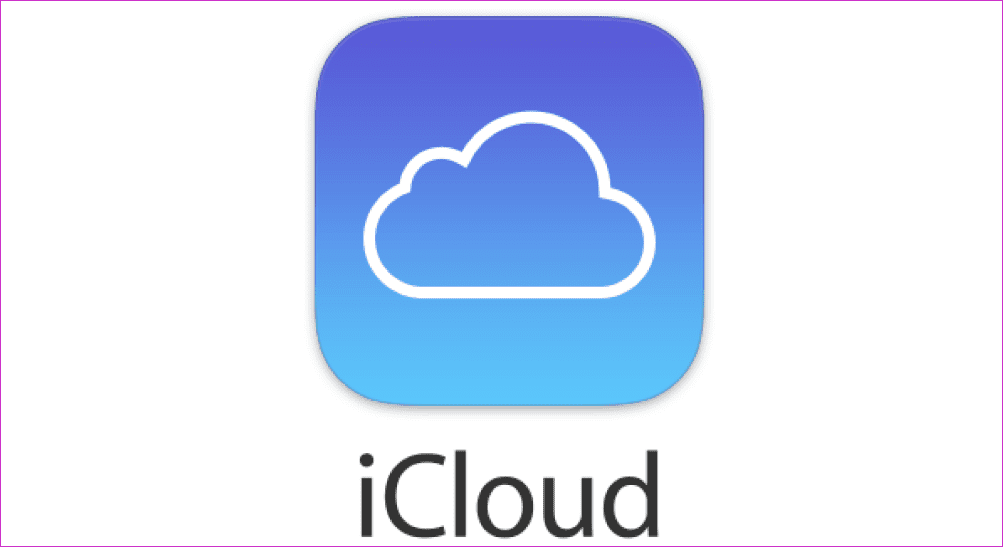
iCloud Drive will store and save all files that you throw at it. That includes music, photos, movies, podcasts, documents, and any other file. Just upload it to iCloud Drive and it will stay there forever. You can access these files from any compatible device with an iCloud app.
As one Apple user elaborates:
Think of iCloud as a filing cabinet and iCloud drive as one of the cabinet’s drawers you can use to store things. It is designed to store files that don’t fit in any of the other drawers.
How you access these files differ based on the device you are using and the file you are trying to access. For example, photos are accessible using the Photos app on the iPhone. There is a video app for accessing videos, and there is the Files app for everything else. Lack of a centralized app to search and access all types of files in single UI seems to be the hallmark of iCloud. Some people like it, but others are not happy with the system. Most file-hosting sites like Google Drive and OneDrive work differently.
How Similar Are They
Both iCloud and iCloud Drive are cloud storage services that are used to provide backup and restore features to users. They are also both free in nature up to your cloud storage limit, which is 5GB for free account holders. Both iCloud and iCloud Drive uses state of the art technologies to secure your data online on Apple servers. That doesn’t mean they are foolproof as discovered by counts of celebrities a few years ago.

iCloud Drive is part of iCloud. All these other apps are also using iCloud to sync data.
The truth is, you don’t need iCloud Drive to get by. You can use any other cloud storage and file hosting app, but you do need and should use iCloud. It offers too many useful and basic features to avoid. Some more useful examples include Find iPhone and Find Friends, Family Sharing, Backups, and even more.
Up in the Cloud
iCloud offers a lot of important services, and iCloud Drive is just one of them. The later is part of the former. Whether or not you use iCloud Drive will depend on a lot of factors, including how deep you are invested in the Apple ecosystem. But if you are using an Apple device, you are probably already using iCloud in some way and some capacity. And it’s a good thing too.
Next up: Getting too many iCloud notifications on Windows 10? Click on the link below to learn how to disable them for good.
Was this helpful?
Last updated on 03 February, 2022
The article above may contain affiliate links which help support Guiding Tech. The content remains unbiased and authentic and will never affect our editorial integrity.




